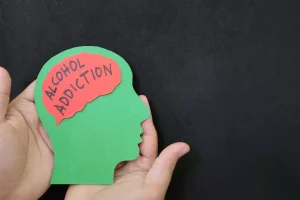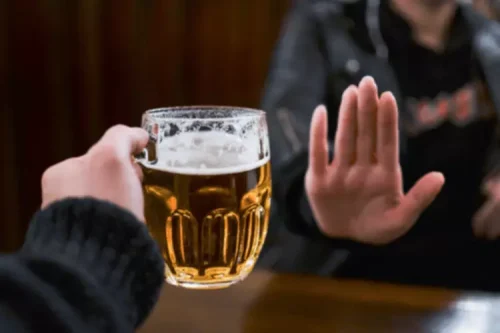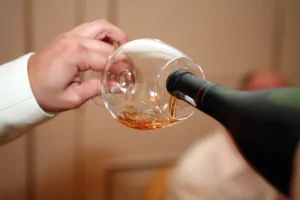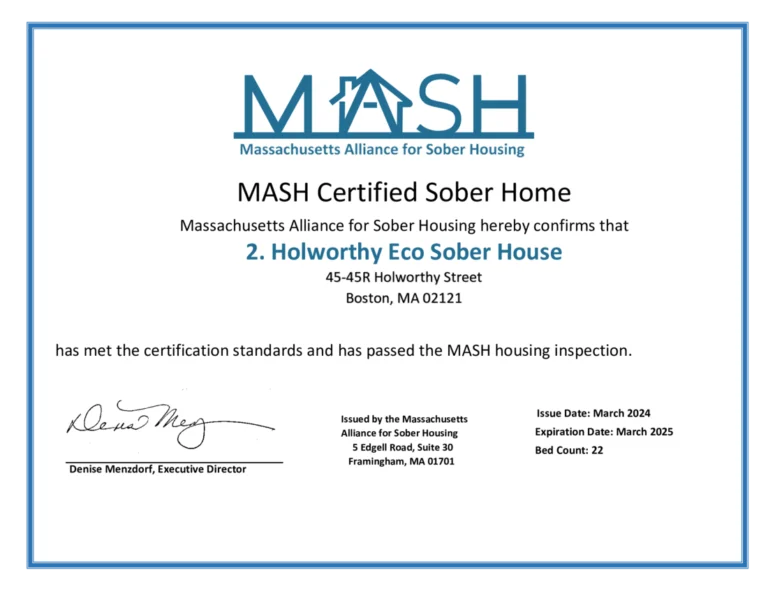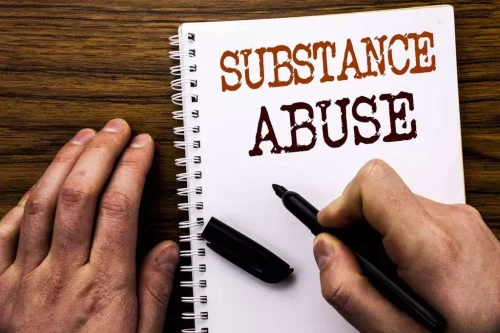
He input that data into a prescriptive analytics mathematical model to determine what the response time would have been if drones were used. Lejeune explained that every second counts when trying to save the life of someone who is overdosing. Five minutes into an overdose, there’s a chance the person could suffer permanent brain damage. There’s also the risk of seizure, slowed breathing and cardiac arrest. The trial’s findings also indicated a significant decrease in the use of benzodiazepines—by 2.3%—further supporting the effectiveness of the guideline-based training intervention in promoting safer treatment options.
Deterrence and Patient Education
These substances are effective pain relievers when taken as directed by a physician. However, the calming effects that opioid painkillers produce are habit-forming and can lead to future patterns of abuse. Nearly 75% of all drug overdose deaths in the U.S. involved an opioid in 2020. Overdose deaths that involve opioids have increased at an alarming rate in recent years — by more than eight times since 1999. It’s important to recognize what you can do to help address the opioid epidemic.
Opioid Overdose Symptoms

Through art, individuals can share their stories, increase awareness, and offer support and hope to those struggling with substance use disorders. Physicians and advanced practice providers prescribe medications for OUD, including buprenorphine under the MAT Act, and make referrals for cognitive behavioral therapies. Nurses assist with coordinating OUD therapies and educating patients on the importance of therapy adherence. Pharmacists and addiction medicine specialists provide recommendations to optimize OUD medication therapies and promote adherence to cognitive behavioral therapies. Therapists and other addiction and substance abuse signs of opioid addiction professionals carry out cognitive behavioral therapies and promote adherence to medical therapies.
- The difference is that opiates are derived from plants, and opioids are synthetic.
- Training in administration of naloxone for a loved one with substance use disorder is offered in most communities.
International Patients
You may convince yourself that you’d know it was time for action if your loved one’s addiction was truly serious. Even healthcare professionals may overlook common signs of opioid misuse if they feel they know the person and don’t look for signs in an objective way. Ask yourself some questions about your loved one’s personal risk of opioid use disorder and the changes you’ve seen. Reach out to your loved one’s healthcare professional if your answers point toward a possible addiction. The healthcare professional is an important partner if you decide it’s time to take action. These drugs can be part of a person’s therapy for opioid use disorder.
- Short-term side effects of opioid painkillers depend on the type of drug, how much of the substance is taken, and how it is administered.
- OUD can impact many areas of a person’s life, including health, relationships, work and much more.
- Drug addiction is a disease for which help and treatment options are available.
- She was trying to stay inspired and hold on to hope, but underneath everything, there seemed to be a heartbreak that was only growing.
If you have a first-degree relative (biological sibling or parent) with OUD, you’re more likely to develop it as well. This neurotransmitter both decreases your perception of pain and creates feelings of euphoria. You may have a strong desire to continue using opioids to continue the feeling. “It was an absolute matter of addiction, withdrawal in the big leagues,” she writes. It’s possible the city will settle with McKesson or AmerisourceBergen during the trial. Several opioid cases have settled while a trial was ongoing, including one in Washington state that ended with a $518 million payout from drug companies at the close of evidence in a six-month trial.






